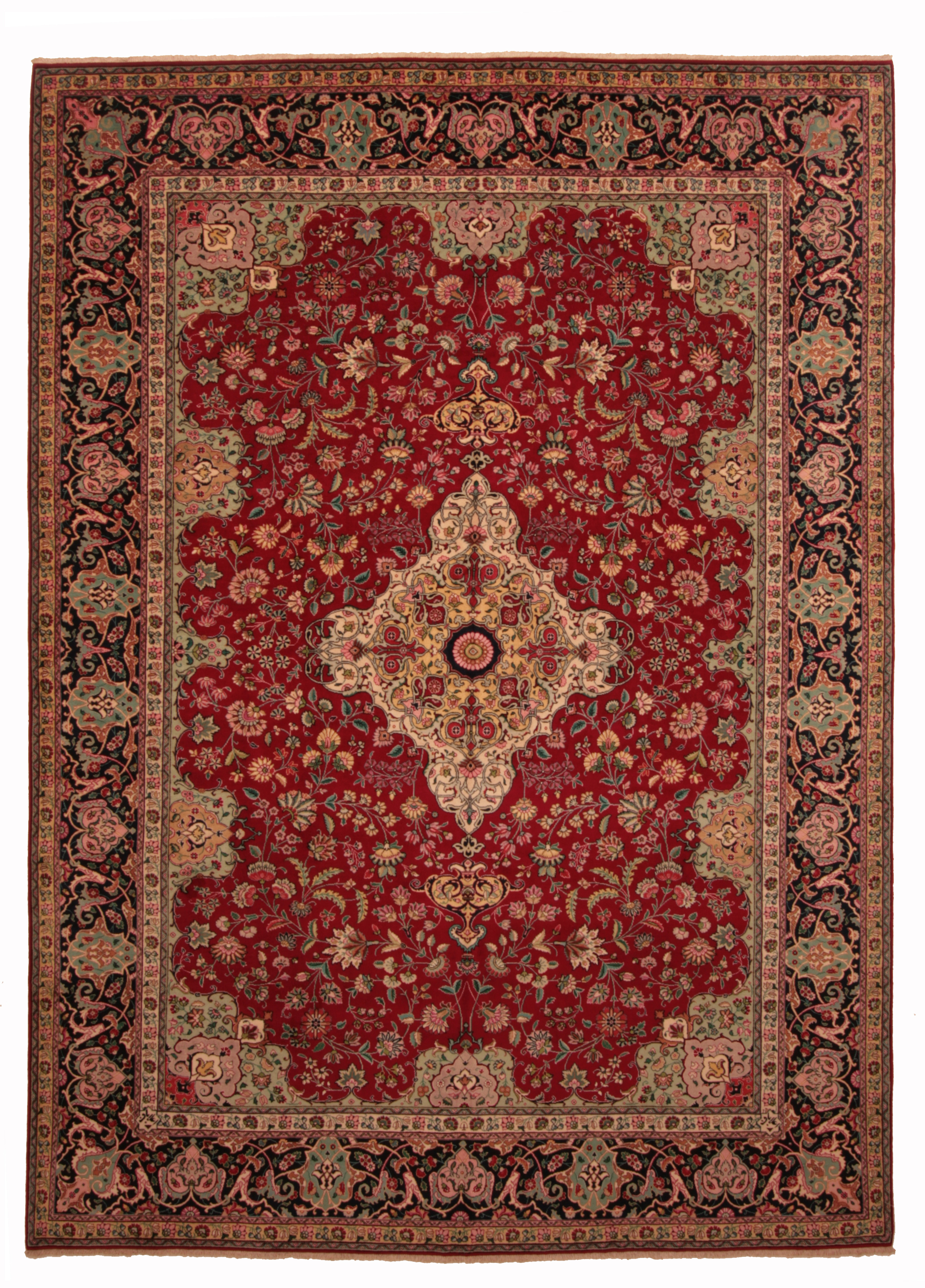When selecting carpet for stairs there are a number of diverse fibres to pick from. Each and every has its own benefits and disadvantages. Generally stairs are high website traffic regions which are usually nicely lit. These locations are also prone to spills and stains when food or drink is carried up or down the stairs. The surrounding decor may perhaps lend its self to a plain or patterned carpet. All of these elements will affect your final decision of fibre and style.
Natural Fibres
There are a quantity of organic fibres which are used for carpeting. This form of carpeting is a well-liked choice for its ecological sustainability. There are, having said that other traits of some natural fibres which make them much less appropriate for use as stair carpet.
Coir
This natural fibre is made from the coconut husks. When using it for stair carpet the greatest advantage of this fibre is a resistance to higher website traffic. Coir however presents a couple of difficulties which have to have to be addressed ahead of picking it over other fibres. It is extremely advised when using carpet made from this fibre that a skilled fitter is applied. This ensures that the flooring is level and evenly stretched just before it is attached to the floor or underlay. It also has a comparatively low tolerance of moisture. täbriz teppich kaufen can lead to expansion and contraction over time if it is in frequent get in touch with with moisture. Suppliers of this form of fibre can be hard to find and the relative price compared to other fibres is high.
Jute
This is a all-natural fibre extracted from the Genus Cochorous plant. The primary purpose this fibre is used for carpeting is the soft texture. For this reason the completed item is comparatively much less sturdy and consequently not the most appropriate for fibre for stair carpet.
Seagrass
This is a sort of grass grown in the paddy fields of China. When it is additional durable than Jute it is not encouraged for higher site visitors areas. One more slight disadvantage of this fibre is the general inconsistency of its natural colour. This makes it restrictive in terms of design and style and matching the current decor is vital for stair carpet.
Sisal
This is a different natural fibre extracted from the leaves of the Agave Sisalana plant. Carpets created from this fibre are incredibly difficult wearing and deliver an interesting texture to walk on. The key disadvantage of applying this fibre is its vulnerability to moisture. Whilst this fibre could be utilized for stair carpet, additional suitable all-natural fibres are available.
Wool
This fibre is pretty broadly used for carpet production and is fairly abundant. This keeps the expense low and availability higher. This fibre is the most versatile in terms of pattern and colour. It delivers a higher level of resistance to water and stains and flame resistance, which other natural fibres do not supply. Once wool carpet is fitted it is also requires a comparatively low maintenance as it is a recommendation that it is professionally cleaned annually.
On balance, stairways will practical experience uneven wear as the central foot or so will be often made use of whilst the outer parts will acquire little put on in comparison. To suit this variety of region the carpet requirements to be difficult wearing. As the stairs are occasionally subjected to spills as people carry drinks up and down it stands to purpose that the carpet need to also be resistant to stains. Taking all of these variables into account the most appropriate organic fibre for stair carpet is Wool. An further benefit of Wool is that is often mixed with man-produced fibres such as Nylon which make it more durable and much less costly.